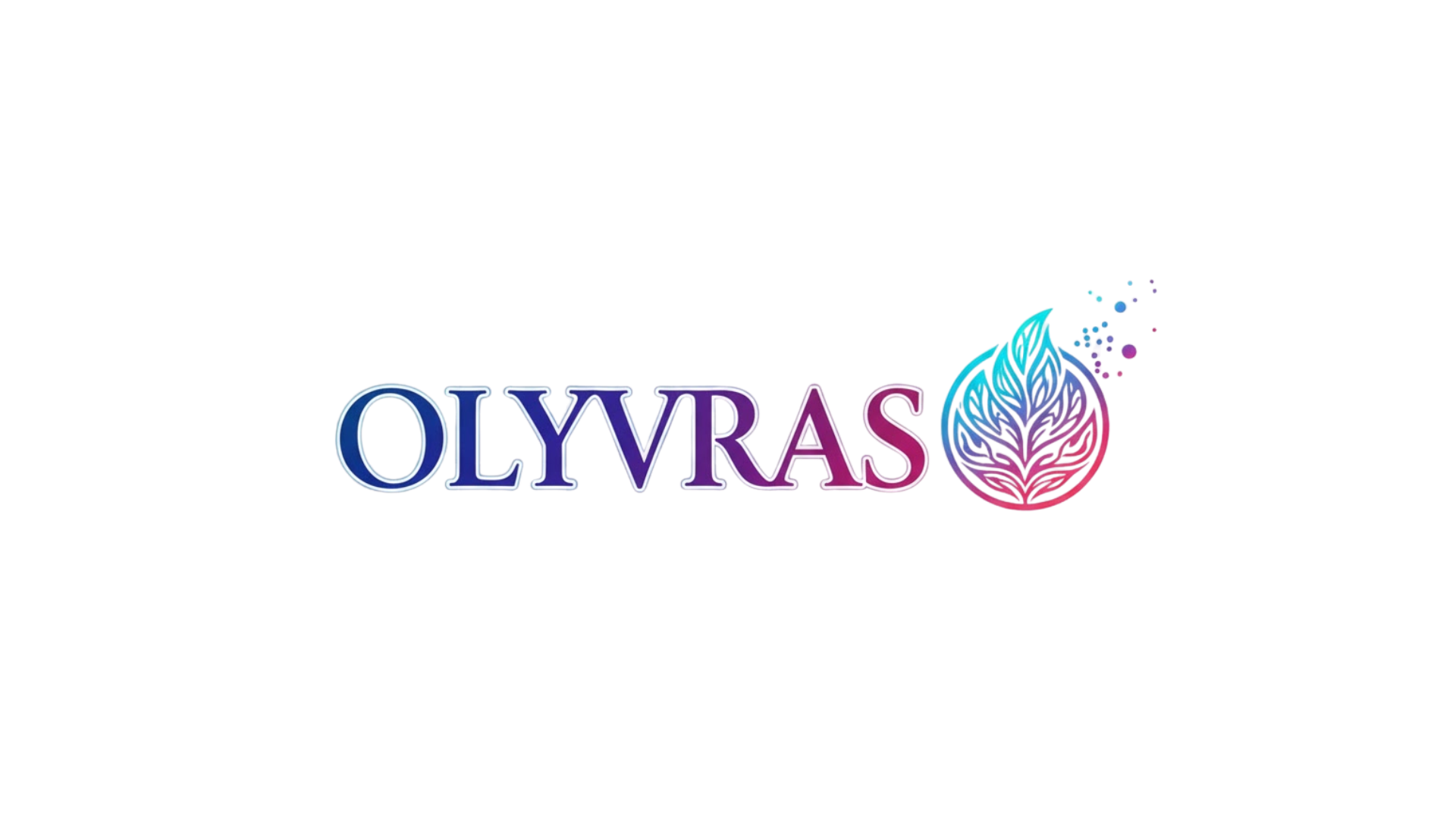In today’s interconnected world, multi-stakeholder policy frameworks have become essential tools for addressing complex challenges that transcend traditional organizational boundaries and require collaborative solutions.
The landscape of modern governance and organizational management has evolved dramatically, demanding innovative approaches that bring together diverse actors from government, civil society, private sector, and community organizations. These frameworks represent more than just administrative structures—they embody a fundamental shift in how we approach problem-solving and create lasting change in our communities and industries.
Understanding how to effectively navigate these complex environments has become a critical competency for leaders, policymakers, and professionals across all sectors. The ability to coordinate multiple perspectives, balance competing interests, and foster genuine collaboration can mean the difference between initiatives that flourish and those that falter.
🌐 Understanding the Multi-Stakeholder Ecosystem
Multi-stakeholder policy frameworks operate within intricate ecosystems where various actors bring different resources, perspectives, and objectives to the table. These frameworks recognize that complex societal challenges—from climate change to public health, from economic development to digital transformation—cannot be solved by any single entity working in isolation.
The foundation of these frameworks rests on the principle of inclusive participation. Unlike traditional top-down policy approaches, multi-stakeholder frameworks deliberately create spaces where diverse voices can contribute to decision-making processes. This inclusivity serves not merely as a democratic ideal but as a practical necessity for developing solutions that are both comprehensive and implementable.
Each stakeholder group brings unique assets to collaborative efforts. Government entities provide regulatory authority, public resources, and legitimacy. Private sector organizations contribute innovation, efficiency, and market-based solutions. Civil society groups offer community connections, advocacy expertise, and accountability mechanisms. Academic institutions bring research capabilities and technical knowledge. Together, these diverse contributions create a richer foundation for sustainable impact than any single sector could achieve alone.
🔑 Core Principles for Effective Navigation
Successfully navigating multi-stakeholder environments requires adherence to several fundamental principles that serve as guideposts throughout the collaborative journey. These principles help maintain focus and direction even when complexity threatens to overwhelm progress.
Transparency as a Foundation
Transparency forms the bedrock of trust in multi-stakeholder collaborations. When all parties have access to relevant information about processes, decisions, and resource allocation, suspicions diminish and productive engagement increases. This doesn’t mean every internal deliberation must be public, but it does require clear communication about how decisions are made and why specific directions are chosen.
Organizations that prioritize transparency establish regular reporting mechanisms, maintain accessible documentation, and create channels for stakeholders to ask questions and receive meaningful answers. This openness builds credibility and encourages continued participation even when disagreements arise.
Equity in Participation
True collaboration demands more than simply inviting diverse stakeholders to the table—it requires ensuring that all voices have genuine opportunities to influence outcomes. Power imbalances exist in virtually every multi-stakeholder setting, whether due to resource disparities, historical relationships, or structural advantages.
Addressing these imbalances requires intentional design choices. Successful frameworks often include capacity-building support for under-resourced stakeholders, facilitation techniques that prevent dominant voices from monopolizing discussions, and decision-making protocols that protect minority perspectives from being steamrolled by majority consensus.
💼 Building Strategic Alignment Among Diverse Interests
One of the most challenging aspects of multi-stakeholder collaboration involves creating alignment among parties with different—and sometimes conflicting—interests. The key lies not in forcing artificial consensus but in identifying genuine areas of shared purpose while respecting legitimate differences.
Strategic alignment begins with comprehensive stakeholder mapping and analysis. Understanding what motivates each participant, what constraints they operate under, and what success looks like from their perspective provides essential context for finding common ground. This analysis should extend beyond surface-level statements to uncover deeper interests and concerns.
Effective facilitators of multi-stakeholder processes often employ techniques such as interest-based negotiation, where discussions focus on underlying needs rather than fixed positions. This approach reveals creative solutions that might satisfy multiple parties in ways that weren’t initially apparent. For example, a business concerned about regulatory costs and a community group focused on environmental protection might find alignment around innovative technologies that achieve both economic efficiency and ecological sustainability.
Creating Shared Value Propositions
The most resilient multi-stakeholder collaborations are built around compelling shared value propositions that demonstrate how cooperation serves each participant’s core interests. These propositions go beyond vague statements about common goals to articulate specific, tangible benefits that stakeholders can expect from sustained engagement.
Developing these value propositions requires honest dialogue about trade-offs and mutual benefits. It involves acknowledging where interests diverge while highlighting areas where collaboration creates outcomes that individual actors couldn’t achieve independently. When stakeholders can clearly see how their participation contributes to results they care about, commitment deepens and momentum builds.
⚙️ Operational Frameworks for Sustained Collaboration
Moving from conceptual agreement to operational effectiveness requires establishing clear structures and processes that guide day-to-day collaboration. These practical mechanisms transform good intentions into tangible progress.
Governance structures in multi-stakeholder initiatives must balance inclusiveness with efficiency. Overly complex decision-making processes can paralyze action, while overly streamlined approaches may exclude important perspectives. Many successful frameworks adopt a tiered governance model with a broad advisory body providing input and legitimacy, a smaller steering committee making operational decisions, and dedicated working groups focused on specific issue areas.
Communication Protocols That Connect
Regular, structured communication keeps multi-stakeholder collaborations aligned and energized. This includes not only formal meetings and reports but also informal channels that allow for relationship-building and rapid problem-solving. Digital collaboration tools have expanded possibilities for maintaining connection across geographic and organizational boundaries.
However, technology should enhance rather than replace human connection. The most effective frameworks blend virtual and in-person interactions, recognizing that some conversations—particularly those involving conflict resolution or strategic pivots—benefit from face-to-face engagement where nuance and relationship dynamics can be better navigated.
📊 Measuring Impact and Demonstrating Value
Multi-stakeholder collaborations face unique challenges in measuring success because different stakeholders may define impact differently. A comprehensive measurement framework acknowledges this diversity while establishing shared indicators that demonstrate collective progress.
Effective measurement systems track both process and outcome indicators. Process indicators assess the health and quality of collaboration itself—stakeholder satisfaction, representativeness of participation, efficiency of decision-making, and transparency of operations. Outcome indicators measure the tangible changes that collaboration produces in the communities or systems it aims to influence.
The challenge lies in developing metrics that are rigorous enough to provide meaningful information yet flexible enough to capture the complex, often non-linear pathways through which multi-stakeholder initiatives create change. This typically requires mixed-methods approaches combining quantitative data with qualitative insights gathered through case studies, participant interviews, and narrative accounts.
Adaptive Learning Systems
The most sophisticated multi-stakeholder frameworks incorporate continuous learning mechanisms that allow for real-time adaptation based on emerging evidence. These systems create feedback loops where measurement data informs strategic adjustments, and those adjustments are then evaluated to determine their effectiveness.
This adaptive approach acknowledges that complex social challenges don’t respond to static solutions. What works in one context or time period may need modification as circumstances evolve. Organizations that embrace systematic learning as a core competency position themselves to maintain relevance and effectiveness over the long term.
🚧 Navigating Common Pitfalls and Challenges
Even well-designed multi-stakeholder frameworks encounter predictable challenges that can derail progress if not anticipated and addressed. Awareness of these common pitfalls enables proactive mitigation strategies.
Mission drift represents a persistent danger in collaborative initiatives. As stakeholders negotiate and compromise, the original purpose can become diluted or distorted. Maintaining clarity about core objectives while remaining flexible about tactics requires constant vigilance and periodic realignment conversations that reconnect participants with foundational goals.
Another frequent challenge involves participation fatigue, particularly among civil society and community representatives who often participate on a voluntary basis or with limited organizational support. When meetings multiply and documentation demands increase, these stakeholders may struggle to sustain engagement. Addressing this requires respect for participants’ time, efficient processes, and adequate support for those with fewer resources.
Managing Power Dynamics
Power asymmetries can undermine even well-intentioned collaborative efforts. Actors with greater resources, formal authority, or technical expertise may inadvertently (or deliberately) dominate discussions and decisions. Effective facilitation actively counters these dynamics through structured participation techniques, capacity-building investments, and decision-making protocols that protect against power consolidation.
Transparency about power itself helps manage its effects. When frameworks explicitly acknowledge existing power differentials and create mechanisms to check concentrated influence, stakeholders develop greater trust that the process won’t simply reproduce existing hierarchies under the guise of participation.
🌱 Cultivating Conditions for Sustainable Impact
Sustainability in multi-stakeholder collaborations extends beyond environmental concerns to encompass the longevity and resilience of the partnerships themselves. Creating lasting impact requires building collaborations that can weather leadership transitions, funding fluctuations, and shifting political landscapes.
Financial sustainability remains a practical necessity for most multi-stakeholder initiatives. Diversified funding models that draw from multiple sources—government grants, private sector investments, philanthropic contributions, and earned revenue—create greater stability than dependence on any single funder. This diversification also protects against undue influence by any particular stakeholder.
Institutional Integration
The most enduring multi-stakeholder frameworks become institutionalized within the organizations and systems they engage. Rather than remaining external projects or add-on initiatives, they become embedded in how participating organizations conduct their core business. This integration ensures that collaborative approaches persist even as specific individuals move on or priorities shift.
Achieving this level of integration requires patience and persistent relationship-building. It involves demonstrating value repeatedly, adapting to organizational cultures and constraints, and creating processes that align with rather than compete against existing workflows and incentives.
🎯 Strategic Leadership in Complex Collaborative Environments
Leading within multi-stakeholder frameworks demands a distinctive skill set that differs from traditional hierarchical leadership. Effective leaders in these contexts operate more as conveners and facilitators than as commanders, creating conditions for others to contribute their best thinking and effort.
This leadership style requires comfort with ambiguity and complexity. Multi-stakeholder processes rarely follow neat, linear paths. Progress often involves circling back, revisiting decisions, and allowing time for consensus to emerge organically rather than being imposed. Leaders who can tolerate this uncertainty while maintaining forward momentum create space for genuine collaboration.
Emotional intelligence becomes particularly critical in diverse stakeholder environments. Understanding and responding to the relational dynamics, cultural differences, and communication styles among participants helps leaders navigate conflicts constructively and build the trust necessary for difficult conversations and difficult decisions.
🔮 Emerging Trends Shaping Future Collaborations
The landscape of multi-stakeholder collaboration continues to evolve as new technologies, methodologies, and global challenges reshape what’s possible and necessary. Forward-thinking organizations monitor these trends and adapt their approaches accordingly.
Digital transformation has dramatically expanded both the opportunities and complexities of multi-stakeholder work. Online collaboration platforms enable participation across geographical boundaries and can democratize access to decision-making processes. However, they also raise questions about digital divides, data privacy, and the quality of virtual versus in-person relationship-building.
Climate change and sustainability imperatives are driving increased focus on multi-stakeholder approaches, as the scope and urgency of environmental challenges demand coordinated action across sectors. This context is generating innovations in how collaborations are structured, financed, and measured, with particular attention to long-term impact and systemic change.

💡 Transforming Challenges Into Opportunities
The journey through multi-stakeholder policy frameworks presents inevitable obstacles, but these challenges often contain the seeds of breakthrough innovations. When diverse perspectives clash, creative tensions can generate novel solutions that wouldn’t emerge from homogeneous groups. When resource constraints force prioritization, clarity about core values and objectives often sharpens.
Organizations that embrace multi-stakeholder collaboration as a learning opportunity rather than merely a compliance requirement position themselves at the forefront of their fields. They develop organizational capacities—relationship-building, adaptive management, systems thinking—that prove valuable far beyond any single collaborative initiative.
The complexity of navigating multi-stakeholder environments ultimately serves as a feature rather than a bug. This complexity reflects the genuine complexity of the challenges we face, and simplified approaches that ignore this reality rarely produce lasting solutions. By developing sophistication in managing collaborative processes, organizations build capability to address the most pressing and consequential issues of our time.
Success in multi-stakeholder collaboration isn’t measured solely by immediate outcomes but by the strengthened relationships, enhanced capacities, and deepened understanding that enable continued cooperation over time. These intangible assets compound, creating foundations for addressing not just today’s challenges but those we haven’t yet imagined. The investment in learning to navigate these frameworks pays dividends that extend far into the future, unlocking possibilities that isolated action could never achieve.
Toni Santos is a global-policy researcher and ethical-innovation writer exploring how business, society and governance interconnect in the age of interdependence. Through his studies on corporate responsibility, fair trade economics and social impact strategies, Toni examines how equitable systems emerge from design, policy and shared vision. Passionate about systemic change, impact-driven leadership and transformative policy, Toni focuses on how global cooperation and meaningful economy can shift the scenario of globalization toward fairness and purpose. His work highlights the intersection of economics, ethics and innovation — guiding readers toward building structures that serve people and planet. Blending policy design, social strategy and ethical economy, Toni writes about the architecture of global systems — helping readers understand how responsibility, trade and impact intertwine in the world they inhabit. His work is a tribute to: The global commitment to equity, justice and shared prosperity The architecture of policy, business and social impact in a connected world The vision of globalization as cooperative, human-centred and regenerative Whether you are a strategist, policymaker or global thinker, Toni Santos invites you to explore ethical globalization — one policy, one model, one impact at a time.




